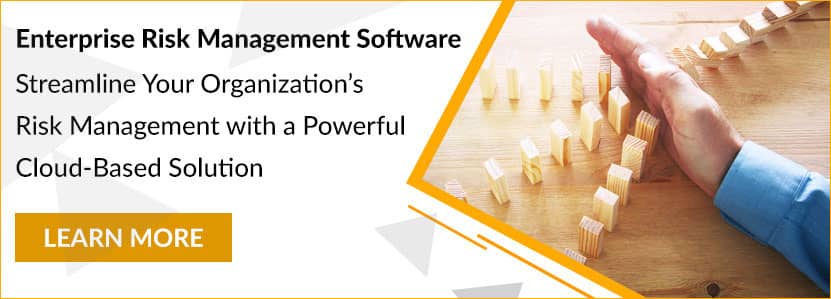Home/ Blog / Creating Synergy in Risk and Compliance Services and Technology
There is a common misconception that technological progress is merely linear – that advancements are made possible only when new technology is introduced. While modern technologies are essential for progress, there is another major oft-overlooked aspect, and that is change in the way we use technology. E-commerce is a notable example, when it became possible to purchase products online, we saw most businesses simply transfer their brick and mortal model to the internet – every business created their own online store.
However, over the next decade it became clear that people wanted a more convenient way to purchase products online. This led to the advent of storefronts like Amazon and completely changed the way e-commerce technology was being used. Instead of everyone opening their own store, we saw a convergence of both technology and business models.

Most businesses now simply sign up as a seller on Amazon and the logistics are handled by Amazon. Such a convergence does not just make things easier for customers, it also reduces costs for the sellers through consolidation. Instead of every seller relying on their own bespoke and expensive logistics system, they utilize Amazon which can deliver the same services at a fraction of the cost due to economies of scale.
Synergy in BFSI Risk and Compliance
There are three major elements that businesses use to create robust risk and compliance management frameworks.
- Internal Teams
- Technology
- External Expertise
- Internal Teams
Most larger businesses in the Banking, Financial Services and Insurance (BFSI) sector have entire teams dedicated to risk and compliance management.
Technology
Every modern organization uses technology to manage risk and compliance, however the maturity level of the technological solutions being used differs. Some smaller organizations might still rely on basic office productivity solutions like Microsoft Office, while others prefer to use dedicated risk and compliance management solutions.
External Expertise
Organizations utilize the services provided by consultants and external domain experts to varying degrees. It is possible to get insights, reports, and risk libraries and work on them using the internal team, or the business can simply hire another organization to consult and help with risk and compliance management processes.
Every modern organization uses technology to manage risk and compliance, however the maturity level of the technological solutions being used differs Share on XThe Present Incongruency
These three elements are currently not synergized in most organizations. Sometimes the risk and compliance teams both use their own technological solutions which results in data siloes and makes it difficult to compare and integrate data from both departments. The outside help being utilized introduces even more chaos into the framework; they may be using their own methodology for risk and compliance which will need to be adapted. The result of all these issues is that risk and compliance management processes become inefficient.
How Convergence is Increasing Risk and Compliance Efficiency
One of the most exciting developments in Financial technology (FinTech) and Regulatory technology (RegTech) is the growing convergence between these three elements. Enterprise risk and compliance management platforms have been focusing on creating synergy between internal teams and technology for almost a decade. Modern risk and compliance platforms provide a central platform not just for the risk and compliance teams but also for all the stakeholders that play a critical role in ensuring risk mitigation and compliance management. This increases the speed of risk and compliance processes and makes both risk and compliance data compatible with each other, which opens new possibilities for risk predictions and compliance monitoring.
What we are seeing happen now is that the third element – external expertise – is coming in sync with the other two elements, the internal teams and the technology. Some of the biggest and most trusted names in risk and compliance consultancy are providing not just their risk libraries, compliance checklists, and employee trainings through already existing risk and compliance platforms – they are going one step ahead and offering their consultancy directly through some of the best risk and compliance platforms as well
This means that when a company purchases a knowledgebase from these consultant firms – be it checklists, report templates, risk libraries, or any other related items – those can now be directly integrated within the risk and compliance platform being used in the organization. Those items are already packaged so they are usable for the platform and can help the platform in detecting risks, assessing risks, monitoring compliance activities, and many more innovative processes.
Similarly, when an organization hires these consultant firms to provide help on risk and compliance processes, the consultants work directly on the same platform being used within the organization. This has some immediate benefits for both parties – instead of first understanding how each business does risk and compliance management, both are on the same page and using the same platform.
Similar convergences are the future of risk and compliance management, as they will enable more efficient risk and compliance frameworks. Interested in seeing how integrated services and knowledgebases can help your organization? Have a look at how our clients can utilize expertise from industry leading consultant firms such as ABA, Crowe, and Temenos.
Request a Demo
Complete the form below and our business team will be in touch to schedule a product demo.
By clicking ‘SUBMIT’ you agree to our Privacy Policy.




